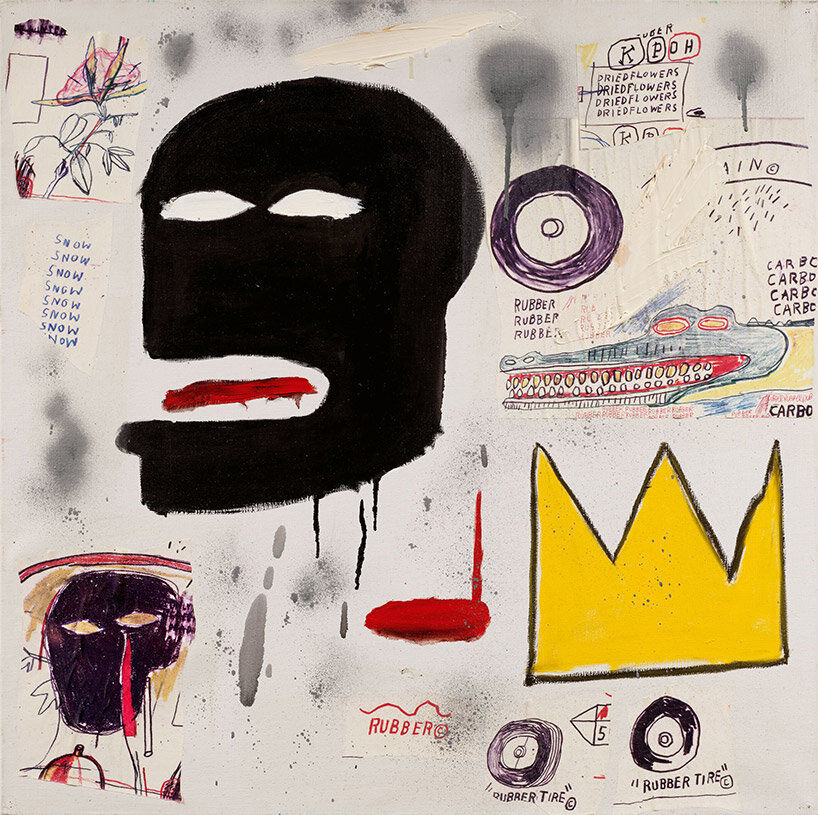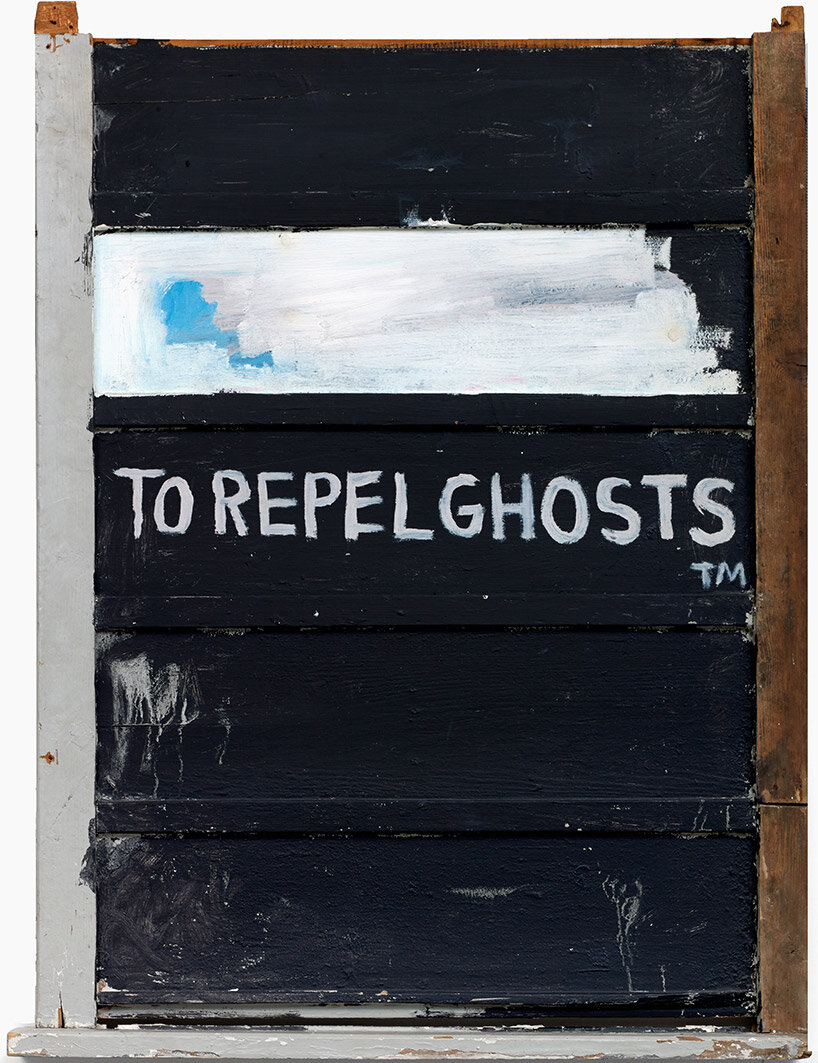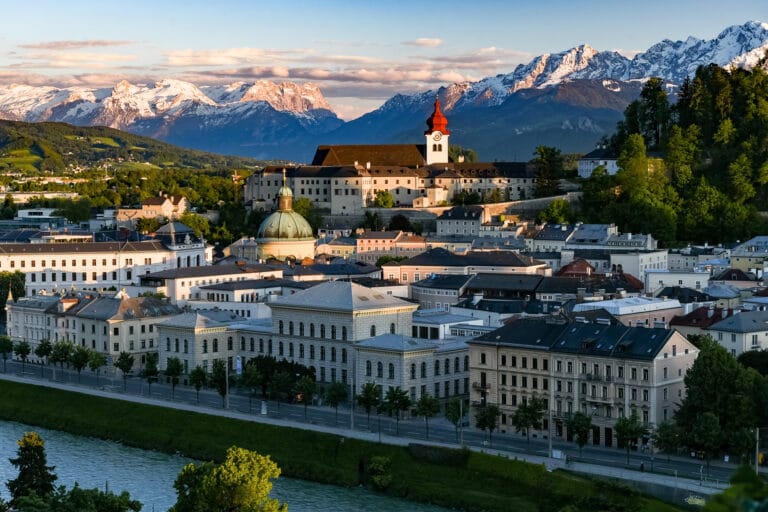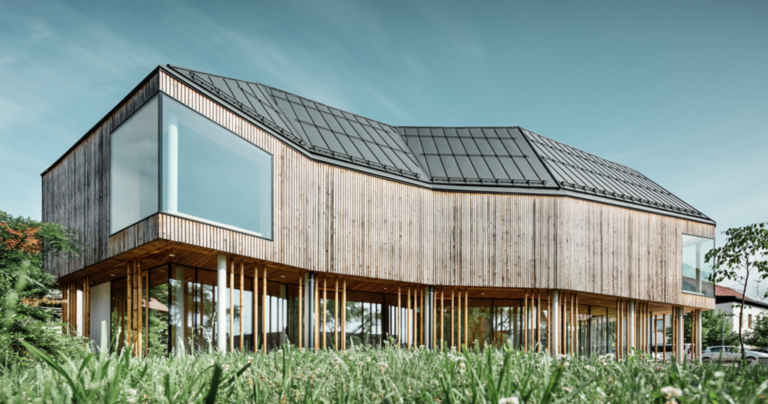hauser & wirth traces his alpine inspirations
a new yorker arrives in engadin, switzerland
Hauser & Wirth St. Moritz opens an exhibition focusing on Jean-Michel Basquiat’s little-known travels to the snowy Alpine peaks of Switzerland. While the artist’s work is most commonly linked to New York City, this unexpected chapter of his career is showcased with Jean-Michel Basquiat. Engadin. His deep inspiration drawn from the Swiss Alpine landscape had lead to a unique body of work rooted in this unlikely terrain. Running from December 14th, 2024, to March 29th, 2025, the exhibition offers an alpine lens through which to view Basquiat’s enduring legacy.
Jean-Michel Basquiat first ventured to Switzerland in 1982, a pivotal year in his meteoric rise. After debuting at Galerie Bruno Bischofberger in Zurich, Basquiat returned repeatedly to the country, particularly to the Engadin region, drawn by its majestic natural beauty and cultural history. Here, the frenetic energy of New York City found a counterpoint in the stillness of the Alps. As Dr. Dr. Dieter Buchhart aptly notes, this unique contrast between the ‘discovery of slowness’ in the Engadin and the ‘breakneck speed’ of New York became a recurring theme in Basquiat’s work.

Jean-Michel Basquiat, Brook Bartlett and Bruno Bischofberger at the Cresta Klubhaus in St Moritz on January 30th, 1983 | photo: Christina Bischofberger © Galerie Bruno Bischofberger, Männedorf-Zurich, Switzerland
basquiat’s mountain motifs show at hauser & wirth
Jean-Michel Basquiat’s alpine-inspired works, now on view at Hauser & Wirth St. Moritz, hybridize the visual language of Switzerland’s mountains with his signature artistic style. Among the highlights on view at the Swiss gallery is The Dutch Settlers (1982), a monumental nine-canvas painting that blends imagery of Engadin’s fir trees, mountain roads, and the ibex with symbols of the African Diaspora. This ‘Eye Rap,’ as art historian Robert Storr describes it, exemplifies the artist‘s ability to weave disparate cultural and historical references into a cohesive visual language.
Further examples of Basquiat’s Swiss-inspired output include Skifahrer (Skier) and See (Lake), painted in St. Moritz in 1983. These works were part of a series originally intended for a hunting lodge but later adorned the dining room of the Bischofberger family in St. Moritz. Skifahrer, with its comic-like figure on a bright red background, and See, a nocturnal depiction of the local landscape, showcase Basquiat’s playful interpretation of alpine life.

See (Lake), 1983, courtesy Private Collection © Estate of Jean-Michel Basquiat. licensed by Artestar, New York
The Swiss Connection: Collaborations and Turning Points
The team at Hauser & Wirth notes that during the winter of 1983-1984, St. Moritz, Switzerland became the birthplace of a groundbreaking artistic collaboration between Basquiat, Andy Warhol, and Francesco Clemente. The trio’s shared works, including In Bianco (1983), highlight Basquiat’s ability to adapt and react to the creative inputs of others while maintaining his distinctive voice. This collaboration marked a transformative period in his career, underscoring the importance of Switzerland not just as a source of inspiration but as a crucible for artistic innovation.
Basquiat’s multifaceted engagement with the Engadin region is evident in works like Big Snow (1984), where he juxtaposes motifs of snow and skiing with historical themes such as Jesse Owens’ triumph at the 1936 Berlin Olympics. The interplay of alpine iconography with African American history exemplifies Basquiat’s unique ability to integrate personal and collective narratives into his art.

Big Snow, 1984, courtesy Private Collection © Estate of Jean-Michel Basquiat. licensed by Artestar, New York
In his later visits, Basquiat’s work took on a more introspective tone. The monochrome series To Repel Ghosts (1986) explores themes of emptiness and spirituality, drawing on his time in Zurich and St. Moritz. These works reveal an artist reflecting on his experiences and the broader cultural and historical forces that shaped his life and practice.
Accompanied by a catalog featuring essays by Basquiat experts Bruno Bischofberger, Dr. Dr. Dieter Buchhart, and Dr. Anna Karina Hofbauer, Jean-Michel Basquiat. Engadin provides a rare glimpse into an unexpected and pivotal aspect of Basquiat’s body of work. For the artist, the Engadin was a space of inspiration, collaboration, and artistic growth, rather than just a postcard holiday.

Skifahrer (Skier), 1983, courtesy Collection Carmignac © Estate of Jean-Michel Basquiat. licensed by Artestar, New York

X-mas Painting for Bruno, 1984, courtesy Bischofberger Collection, Männedorf-Zurich © Estate of Jean-Michel Basquiat. licensed by Artestar, New York

To Repel Ghosts, 1986, courtesy Nicola Erni Collection © estate of Jean-Michel Basquiat. licensed by Artestar, New York







